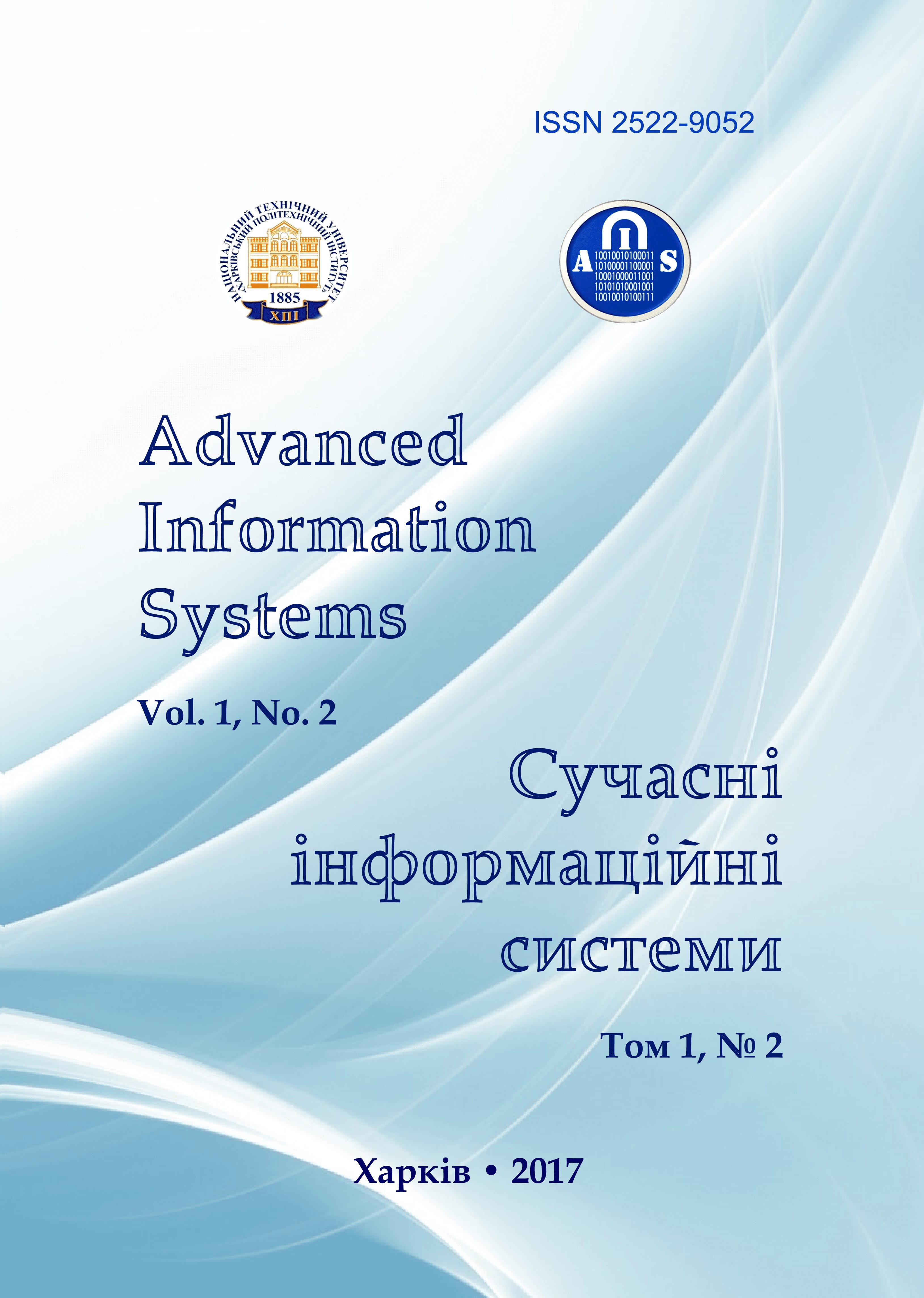Aerogeodesis monitoring of potential areas of spontaneous combustion of the forest
Main Article Content
Abstract
The subject matter of the article is method for detecting potential zones of forest tracts spontaneous combustion using remote sensing data of the Earth. Aim of the article is to show how to increase the speed of decision-making to prevent negative consequences caused by spontaneous combustion of forest areas without a source of fire brought in from outside. The object of the research is a comprehensive analysis of the aerogeodesic monitoring data and contact measurements to identify and localize on the satellite images areas with high fire potential in the presence of a fire source directly in the territory of a possible fire. The methods used are the positions of general physics and higher geodesy, the basics of digital image processing and thematic interpretation. Results of research. The main factors affecting the process of autoignition of forest tracts are analyzed. A method of aerogeodetic monitoring, which is based on a map of thunderstorm activity, is presented. Method is based on remote observations of thunderstorms. At the same time, the map reflects the position of active thunderstorm cells in space and the projection of their coordinates on the geodetic map of the forest and is also a route for the purposeful search and elimination of local sources of fire. In order to be able to make quick decisions related to the prevention of negative consequences, an approach is used in which thunder cells are diagnosed for the purpose of assessing fire hazard by their ability to activate the process of origin of local sources of fire. In this case, we consider such controlled parameters as - the intensity of the electric field of the thunderstorm cell and the coordinates of its spatial position with respect to the forest area. Conclusion: to identify the origination of local sources of fire in the localization of possible autoignition zones, a relationship of thunderstorm clouds with the formation of the CCD was established. Aerogeodesic monitoring of the CCD is the basis for the operative estimates obtaining of the current object state of observation and prediction of the fire hazard level. The negative impact of forest fires on climate change, both local and global, is quite significant. Insufficient knowledge of this aspect requires further collection of material and its analysis, together with little-known "indirect" factors that cause spontaneous combustion of forest tracts and their individual sites.
Article Details
References
Gorshenin, N., Dichenkov, N. and Shvidenko, A. (1981), Forest pyrology, High school, Lviv, 160 p.
Frenkel, Y. (1949), Theory of atmospheric electricity, GITTL, Leningrad, 156 p., ISBN 978-5-397-00617-0.
Landau, E. and Lifshitc, I. (2017, Electrodynamics of Continuous Media, Phithmath, Moscow, p.42.
Staroba, I. and Shimoda, J. (1960), Static electricity, Energoizdat, Moscow, 248 p.
Sinadze, G. and Dolidze, G. (1960), Isolation of volatile organic substances by plants, AS USSR, Tbilisi, 226 p.
Kashprovskiy, V. (1966), Determination of the location of thunderstorms by radio engineering methods, Nauka, Moscow, 247 р.
Bogorad, V., Litvinskaja, T. and Shevchnko, I. (2016), “Radiation consequences of a fire in the exclusion zone of the Chernobyl nuclear power plant”, Nuclear and radiation safety, No. 1(69), pp. 64-68.
National report on the state of the environment in Ukraine in 2014 (2016), Ministry of Ecology and Natural Resources of Ukraine, FOP Grin, Kyiv, 350 p.
Maiorova, L., Sadikov, A. and Sich, J. (2013), “Assessment of emissions of pollutants and carbon dioxide emissions from forest fires (for example, Khabarovsk Krai)”, Scientists notes TGU, 4(4), pp. 10-13.
National inventory of anthropogenic emissions by sources and removals by sinks of GHG in Ukraine for 1990-2013 (2015), Kyiv, 569 p.
